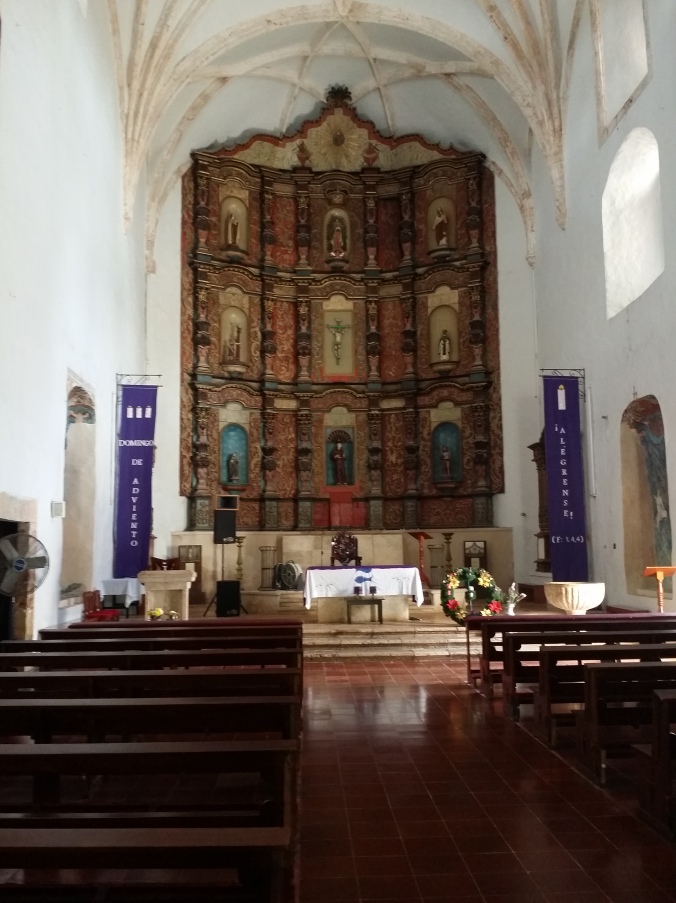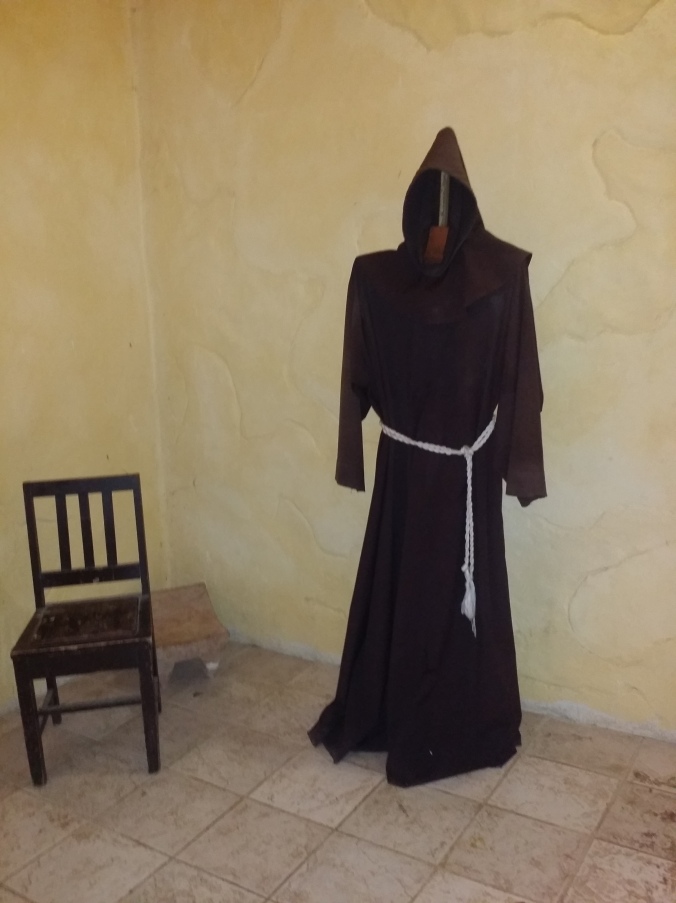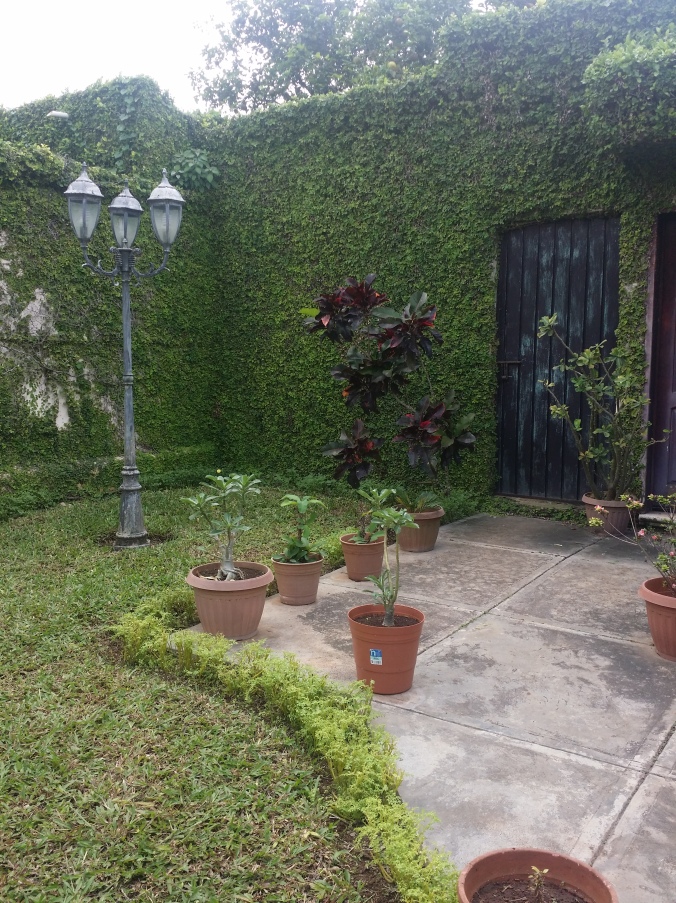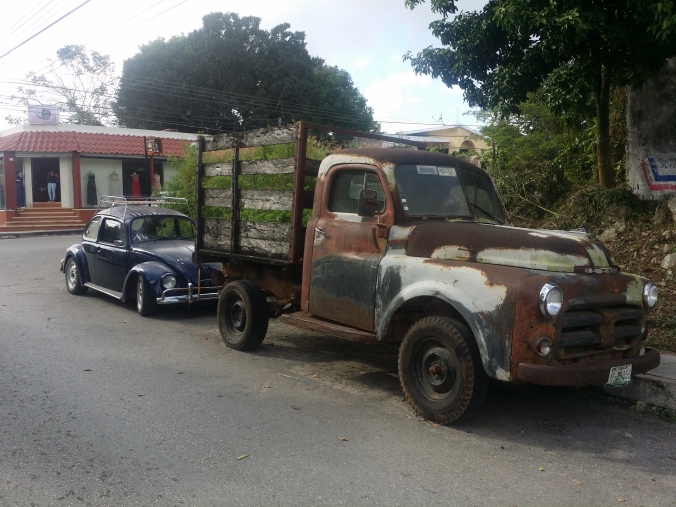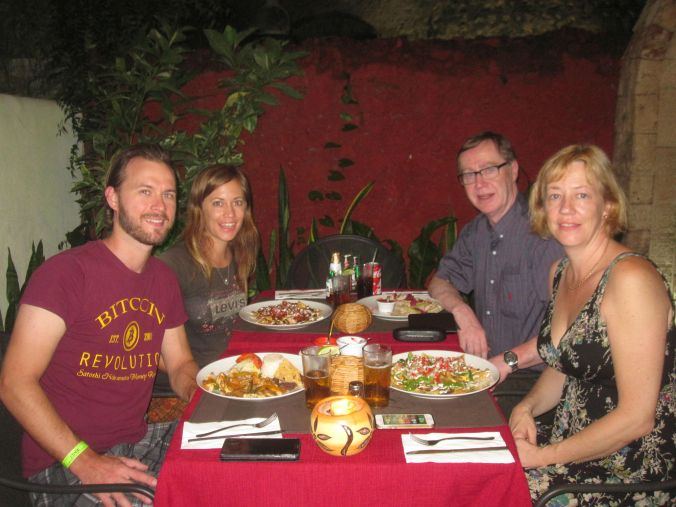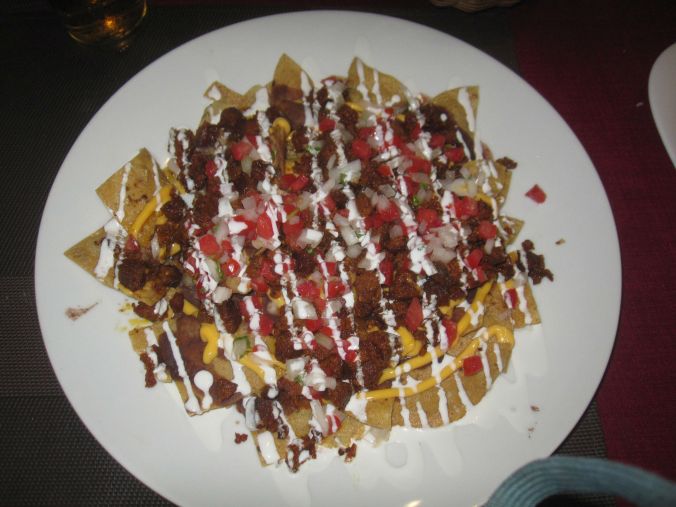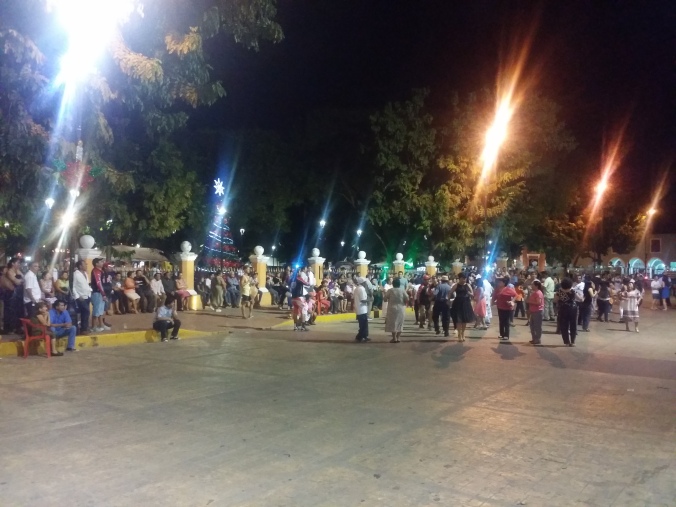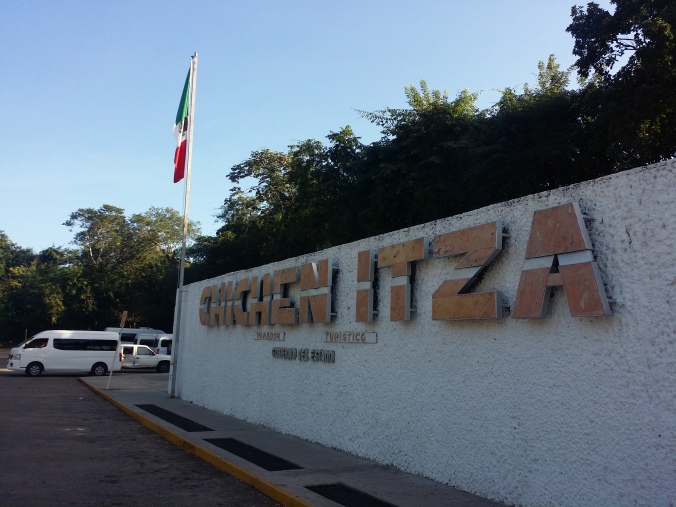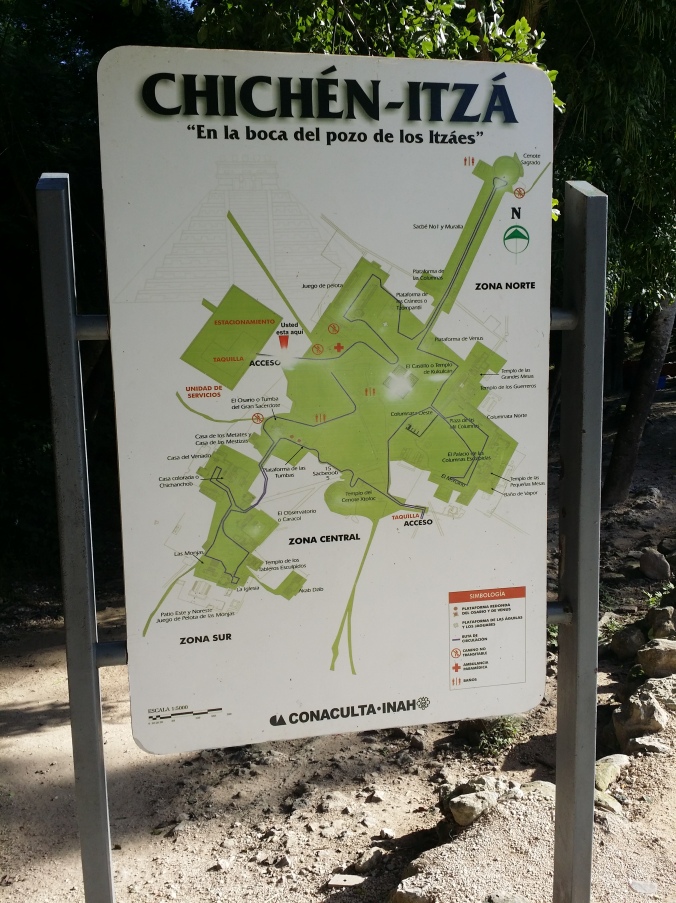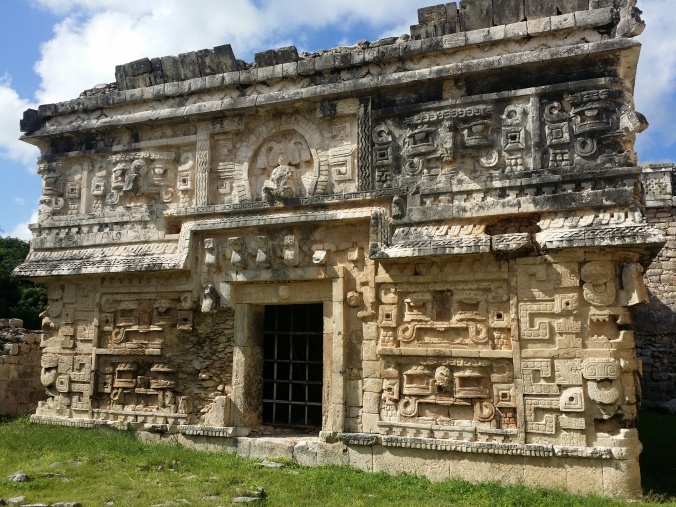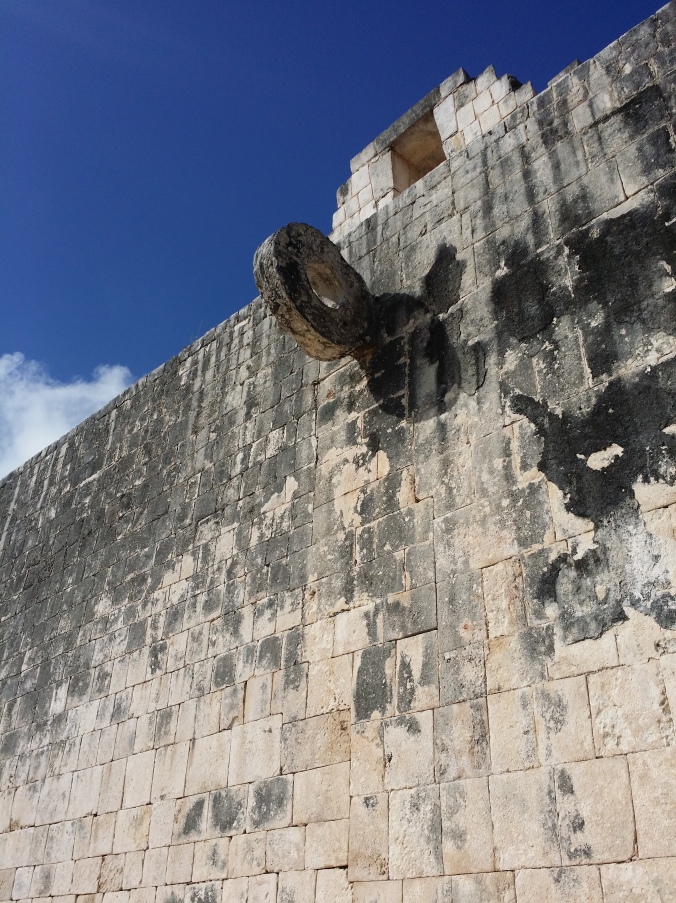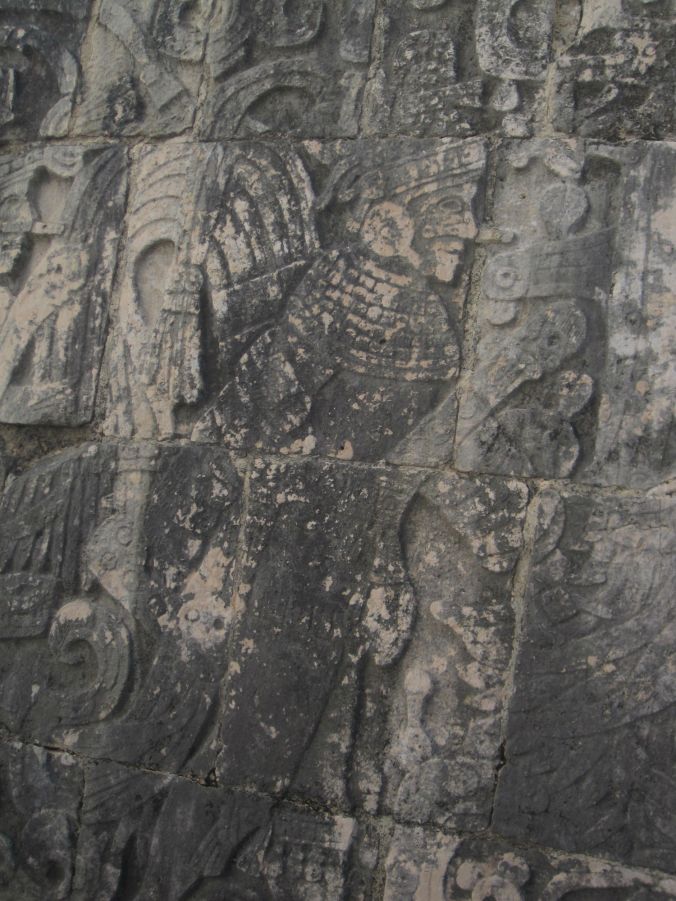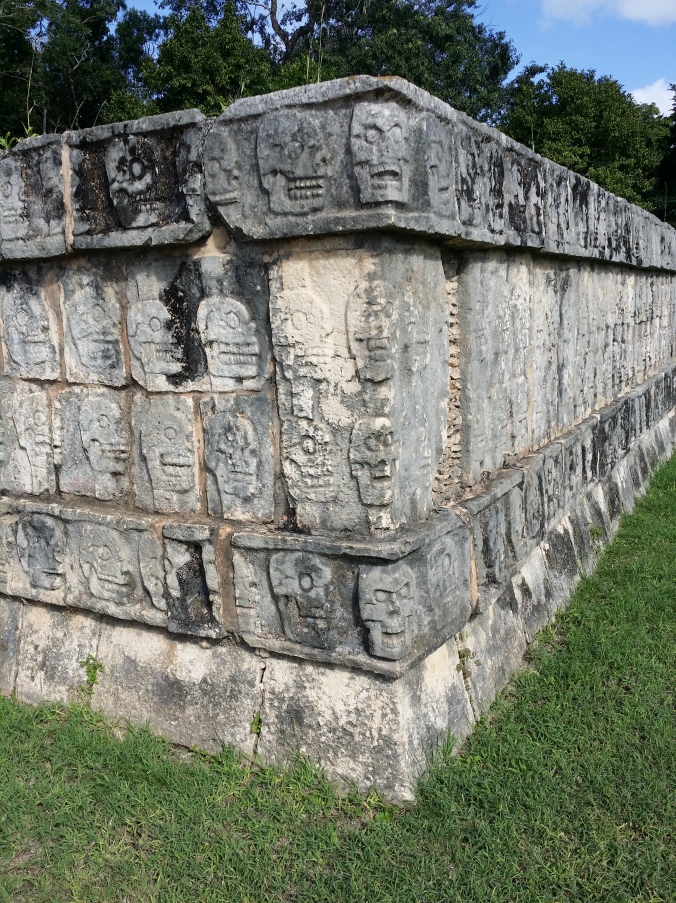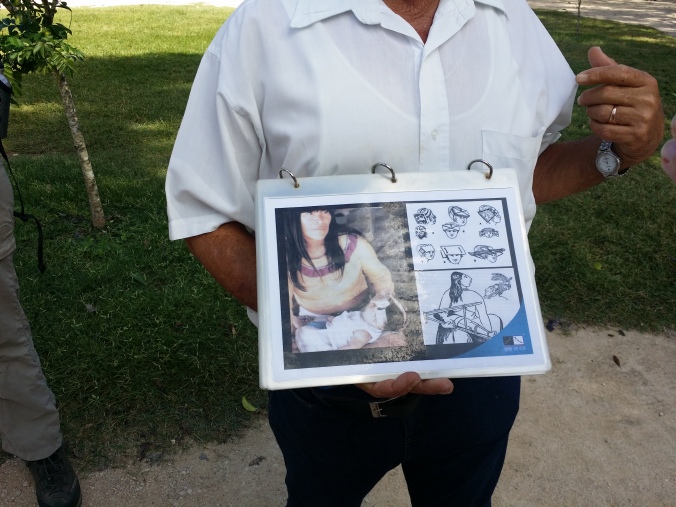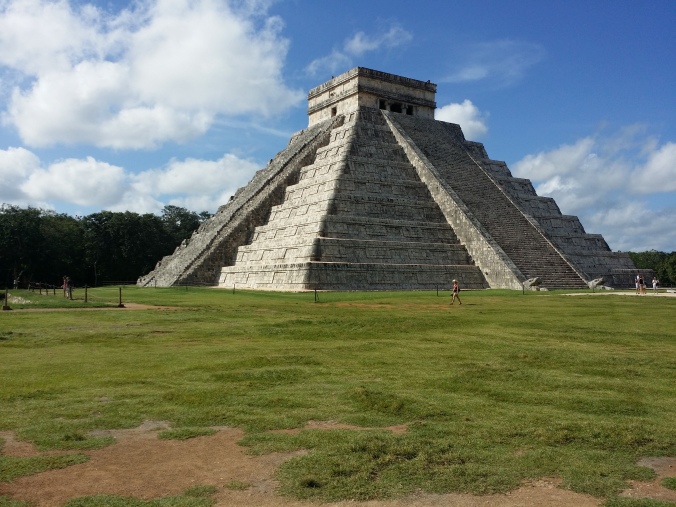(Please scroll down to the orange text for the English version)
Valladolid har en väldigt intressant historia bakom sig. Staden grundades 1540 och namngavs efter Spaniens dåvarande huvudstad, men på grund av en massa mygg beslutades det 1545 att staden skulle flyttas till där staden ligger idag. Där råkade redan Mayastaden Zaci ligga, så Zaci revs ned och byggstenarna användes sedan till att bygga upp den spanska staden istället. Mayaindianernas revolt mot detta bygge slogs effektivt ned av spanska trupperna, men desssa och andra oförrätter mot Mayaindianerna låg och pyrde några hundra år innan det åter blossade upp. Valladolid var startpunkten i vad som skulle komma att kallas kastkriget i Yucatan och som pågick i över 50 år. Ättlingarna till europerna, Yucatecos, hade den ekonomiska och politiska makten på Yucatanhalvön och de var mot dem som Mayaindianerna gjorde revolt år 1849. Detta krig slutade officiellt 1901 då mexikanska trupper gick in i Mayaindianernas högsäte, Santa Cruz. Vissa stammar höll dock stånd och vägrade erkänna den mexikanska staten i ytterligare 32 år.
Idag är Valladolid en blomstrande, liten turiststad och där stannade vi i tre nätter för att både åka ut till Chichen Itza och för att utforska denna stad. I Valladolid besökte vi klostret San Bernardino de Siena som byggdes av missonärer från Franciskanorden mellan åren 1552-1560. Vi badade i Cenoten Zaci där Pontus och Ulrika hoppade i från ca 10 meter och vi har fått uppleva festligheterna inför julen. Den 12:e december firas tydligen Jungfrun av Guadalupe och det är är en populär katolsk högtid som kom till för att en man trodde att han träffat på Jungfru Maria i Mexiko City den 9:e och den 12:e december år 1531. Det var även fest vid stadshuset där det dansades på gatorna, och Maja och Mats satte på sig dansskorna och började dansa!
Därefter var det dags för oss att säga adjö till Valladolid och bege oss tillbaka mot den östra kusten av Yucatanhalvön!
The city Valladolid has a very interesting history behind it. The city was founded in 1540 and was named after Spain’s capital at the time, but it was decided that the city would be moved to the area where it is situated today due to a lot of mosquitoes. It also happened to be where the Mayan city of Zaci was located. Zaci was torn down and the building blocks were then used to build up the Spanish city again. The Mayan’s revolt were effectively put down by the Spanish troops, but the wrongs against the Mayan Indians were just smoldering for a few hundred years before they flared up again. Valladolid was the starting point of what would come to be called the Caste War of Yucatan, which lasted for more than 50 years. The descendants of the Europeans, the Yucatecos, had the economic and political power for a long time, and it was them the Mayan Indians revolted against. The war started 1849 and officially ended in 1901, when Mexican troops went into the Mayan head quarter, Santa Cruz. However, some tribes were able to refuse to acknowledge the Mexican state for another 32 years.
Today the city of Valladolid is a thriving, small tourist town where we stayed for three nights to visit Chichen Itza and to explore the city. In Valladolid, we visited the convent of San Bernardino de Siena, which was built by missionaries from the Franciscan order between the years 1552 and 1560. We bathed in the Cenote Zaci where Pontus and Ulrika jumped from about 10 meters, and we got to experience the festivities before Christmas. The 12th December is apparently the “Virgin of Guadalupe”-day and it’s a popular Catholic feast, because a man believed he met the Virgin Mary in Mexico City on 9th and on December 12th in 1531. It was also celebrations at City Hall during our visit and there was dancing in the streets, so Maja and Mats put on their dancing shoes and joined in the dancing together with everyone else!
Then it was time for us to say goodbye to Valladolid and head back to the east coast of the Yucatan Peninsula!
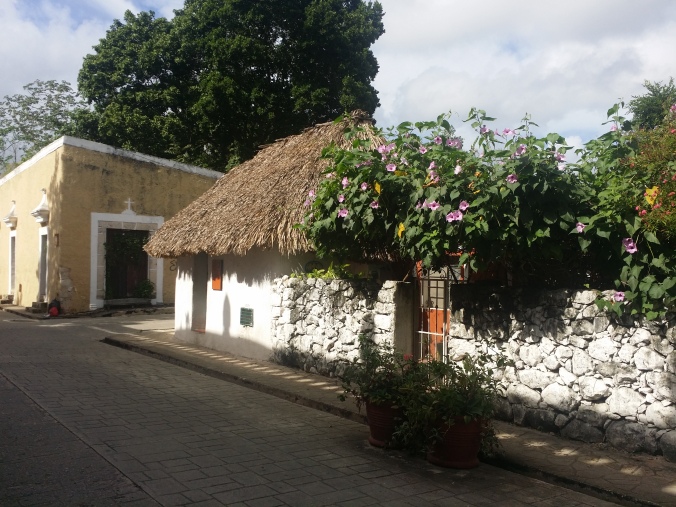
Ett av få husen från Mayaindianernas tid som står kvar! One of the few houses from the Maya time that still stands!
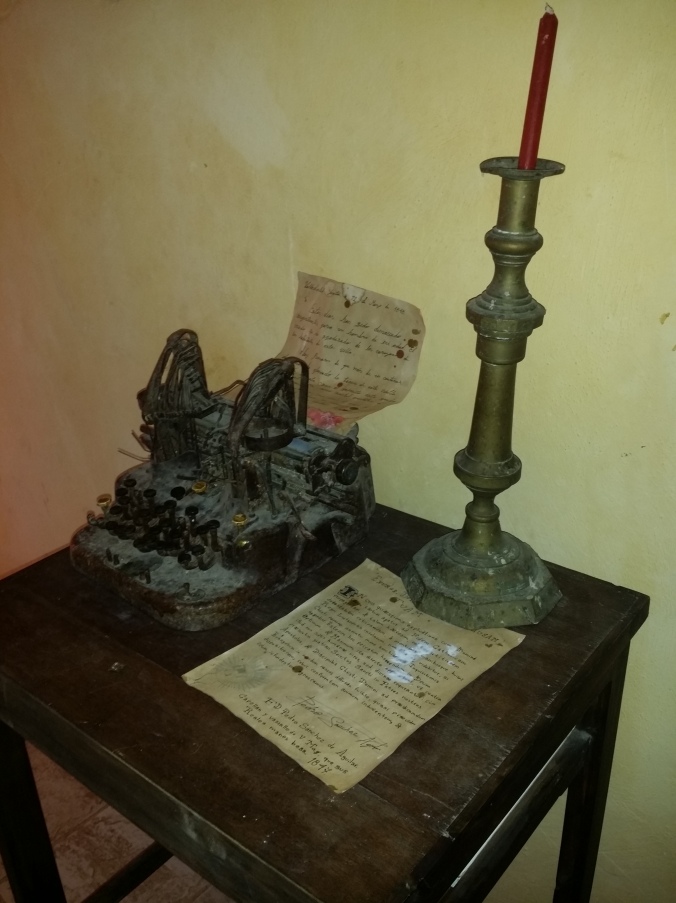
Vi hittade en riktigt gammal skrivmaskin som klostret fick 1847! We found a really old typewriter which the monastery got in 1847!
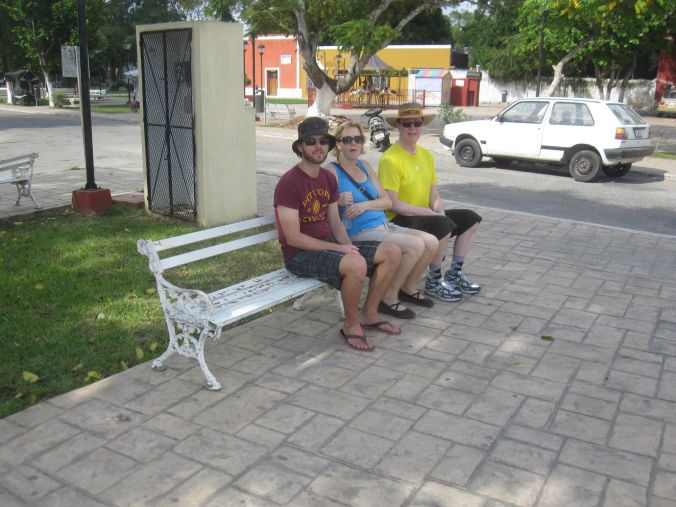
Befolkningen är betydligt kortare här och parkbänkarna är byggda därefter! The population is much shorter here and the park benches are built accordingly!
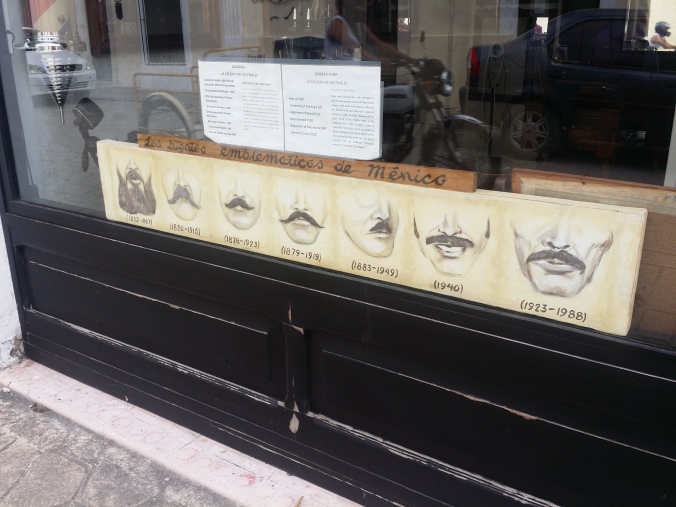
Ansiktsbeklädnadens olika popularitet sedan början på 1800-talet! The different popular facial hairs since the early 1800s!
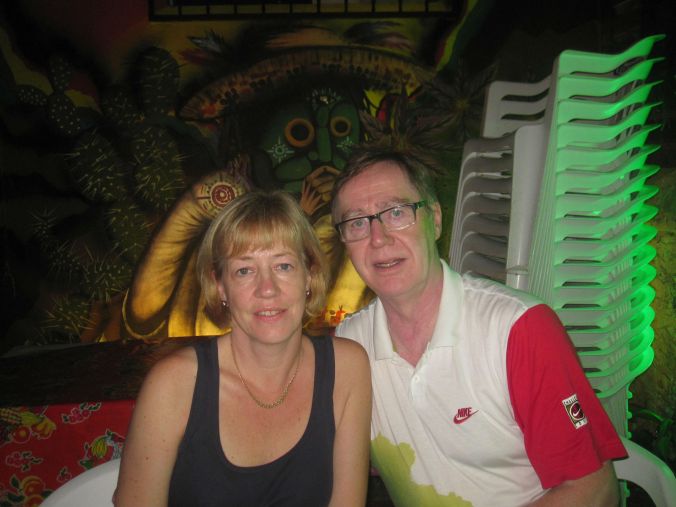
Maja och Mats med en spöklik gestalt i bakgrunden! Maja and Mats with a ghostly figure in the background!

Ett av porträtten vi hittade i utställningen om Valladolids historia som fanns i stadshuset i Valladolid. Detta föreställde hur Spanjorerna genom Francisco de Montejo kom och körde över Mayaindianerna! One of the portraits we found in the exhibition picturing Valladolid’s history that we found in the city hall of Valladolid. This represented the Spaniards by Francisco de Montejo who came and drove over the Mayans!
Maja och Mats dansar/Maja and Mats dancing:




